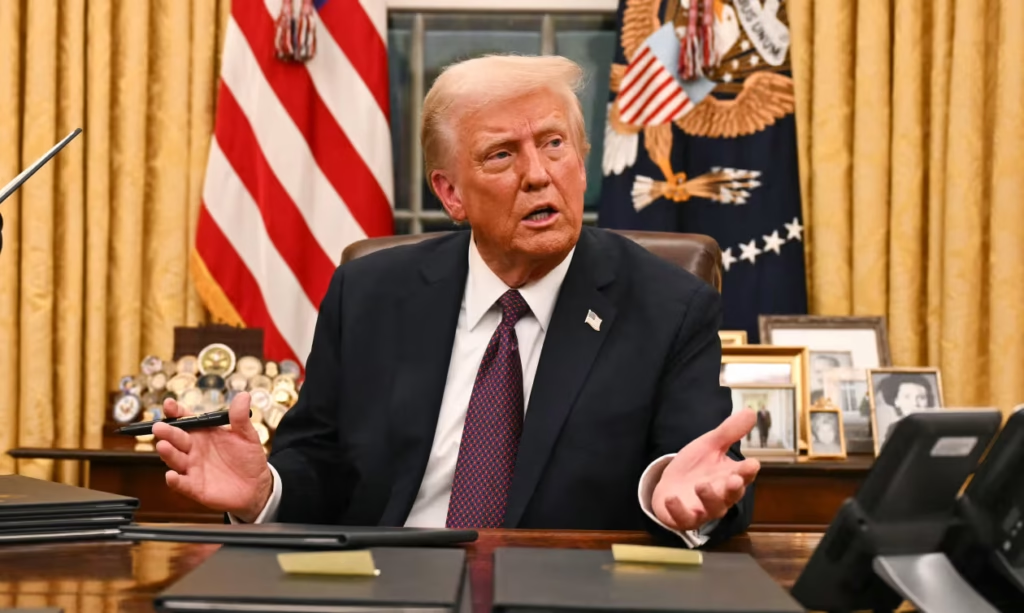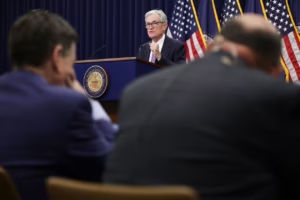Although President Donald Trump stated that levies of 25% may be levied on Canada and Mexico as early as February 1, markets saw some respite on the first day of the Trump administration when no announcements were made on import duties.
Another date to keep an eye on is April 1, according to Barclays analyst Michael McLean.
On that day, a report outlining the reasons behind the recurring yearly trade deficits and suggested solutions is required under Trump’s executive order.
View the White House’s trade policy order by clicking the link.
Additionally, the April 1 timeframe allows the U.S. Senate to approve Jamieson Greer as the U.S. trade representative and Howard Lutnick as the secretary of commerce.
“Our view is that those roles likely must be filled first before the Trump administration begins to change tariff policy,” McLean stated. “Changes to tariff policy could be announced following the April 1 reports, with tariffs then taking effect 30-60 days after.”
Alec Phillips, an analyst at Goldman Sachs, stated in a separate note that the company anticipates implementing tariffs in the second quarter due to the April 1 deadline, but that there is a chance that they will be implemented later. According to him, there is a 70% possibility that Chinese tariffs will increase by 20 percentage points, a 55% chance that European automobiles would be subject to duties, and a 20% risk that Canada and Mexico will face 25% tariffs.
He gives a general tariff a 25% likelihood this year, albeit it is more likely to target essential imports if it occurs.
Tuesday saw a decline in the U.S. dollar index DXY due to Trump’s remarks to reporters regarding Canadian and Mexican levies, as well as the uncertainty surrounding the announcement of fresh tariffs.
Treasury yields, BX:TMUBMUSD10Y, rose as U.S. stock index futures, ES00, increased.





